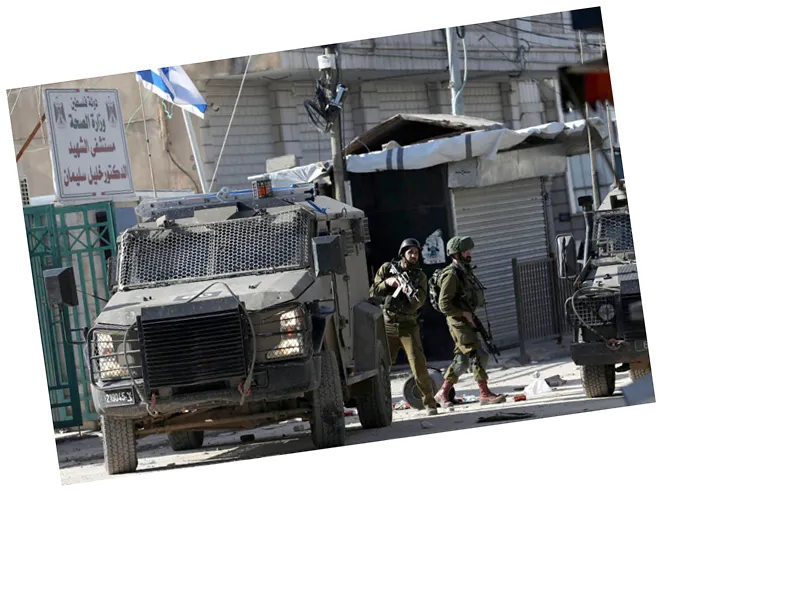The death of Abdullah Jamal Hawash highlights the ongoing violence and humanitarian crisis in the West Bank, especially affecting children and families.
The storming of Mount Sabih by settlers underscores the increasing tensions between Israeli settlers and Palestinian communities, often leading to violent confrontations.
The situation in Nablus may escalate further, prompting international calls for restraint and dialogue.
Continued settler activities in the West Bank could lead to increased tensions and potential clashes between settlers and Palestinian residents.
On October 22, 2024, a tragic incident unfolded in Nablus, West Bank, where 11-year-old Abdullah Jamal Hawash was killed by Israeli occupation forces. This incident has heightened tensions in the region, as the Palestinian Ministry of Health confirmed the child's death, marking a grim milestone in the ongoing conflict, with the total death toll in the West Bank now reaching 760 martyrs, including 166 children and 18 women. The Israeli military, amidst these events, deployed additional reinforcements to Nablus, particularly in the Al-Qaryoun neighborhood, where clashes erupted. Reports indicate that Israeli special forces also arrested a young man named Nasser Nashat Anati during the operations.
In a parallel development, thousands of Israeli settlers stormed Mount Sabih in Beita, south of Nablus, to participate in a concert, led by prominent figures such as Yossi Dagan, the head of the Northern West Bank Settlements Council. This gathering at the mountaintop is particularly contentious, as it has been the site of regular confrontations between settlers and Palestinian residents, often resulting in violence. Furthermore, on the same day, settlers established a new outpost on the lands of the village of Farkha, southwest of Salfit, exacerbating the already tense situation in the region.





